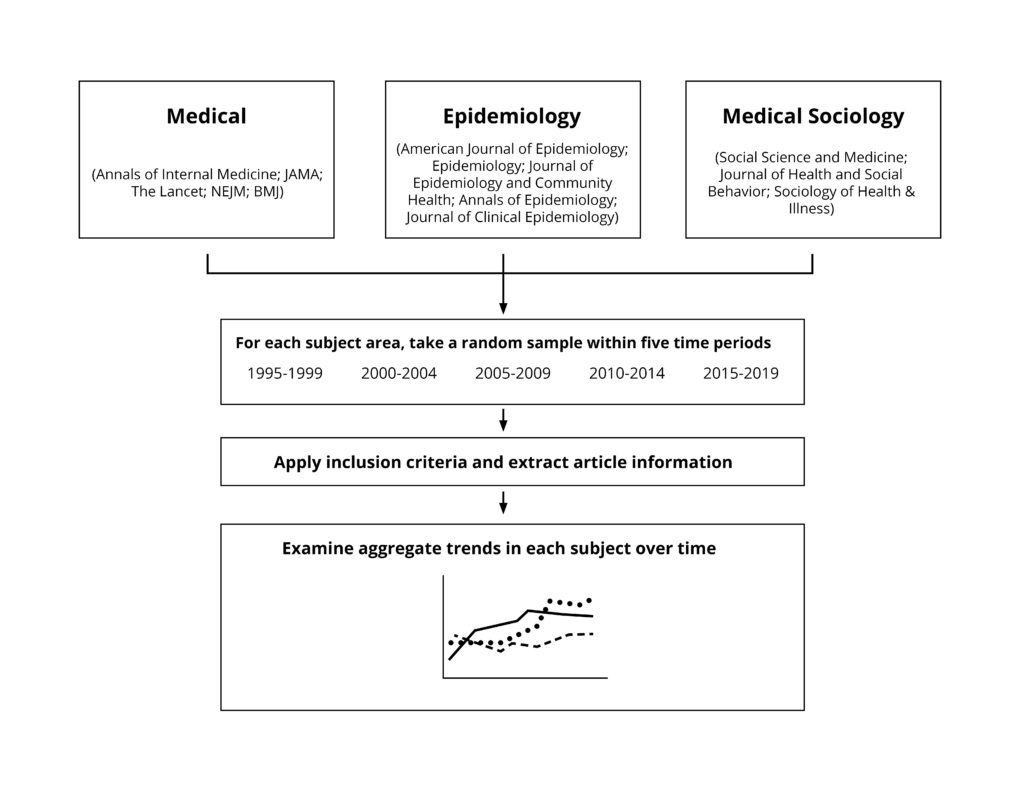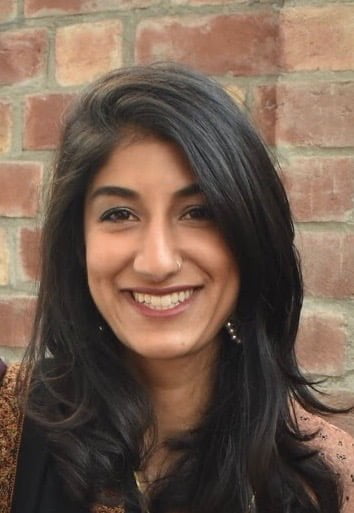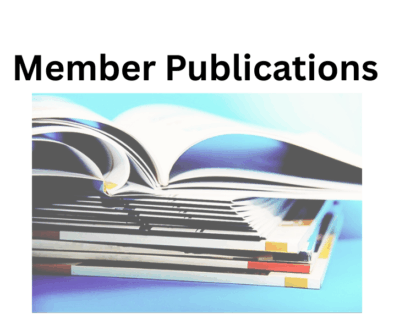Beyond the Boxes, Part 1: Guiding Questions for Thoughtfully Measuring and Interpreting Race in Population Health Research
Natalie Smith, Rae Anne Martinez, Nafeesa Andrabi, Andrea (Andi) Goodwin, Rachel Wilbur, Paul ZivichThis post introduces a series our team is writing for the IAPHS blog about the use of race and ethnicity in population health research. Subsequent posts will cover our specific guiding questions on conceptualizing, measuring, and interpreting race.
Recent events in American history are motivating people and institutions to reckon with the effects of persistent racism in American society. As recent posts on the IAPHS blog have highlighted, racism still exists in the U.S., and this has been made even clearer by the COVID-19 pandemic. There has been much discussion, particularly on academic Twitter, about how researchers can better use and interpret race and ethnicity in their own work. In that vein, we wanted to call attention to an upcoming episode of the IAPHS podcast.
At the IAPHS 2020 Conference on October 1, 2020, at 9:00 a.m. (MDT), three members of our team (Rae Anne Martinez, Nafeesa Andrabi, and Andi Goodwin) will discuss our work on how population health researchers measure, code, and use race and ethnicity. Their discussion will be informed by our team’s ongoing research project that evaluates how race and ethnicity are incorporated into population health research articles.
As students, we have been exposed to various commentaries and recommendations around measuring and using race and ethnicity. Two examples:
- In 1996, Thomas LaVeist published “Why We Should Continue To Study Race … But Do A Better Job.” LaVeist called on researchers to more explicitly define how they conceptualize race in their work.
- This sentiment has been echoed by the International Committee of Medical Journal Editors in their manuscript preparation recommendations: “Authors should define how they determined race or ethnicity and justify their relevance.”
These authors and countless others have called on researchers to carefully consider how race and ethnicity fit into their work, and to interpret findings with care. But have researchers responded to these calls? Health disparities by race persist, and current events highlight the continued need to dismantle structures that perpetuate racism in the US.
We focus on separate trends in three disciplines — medicine, epidemiology, and medical sociology — to capture standard practices in how race and ethnicity are (or are not) used in different subfields of population health. Some findings that our team will discuss include trends in the use of race and ethnicity over time, how often race and ethnicity are combined into one construct, and how these variables are coded for analyses. The basic workflow of our project is shown in the figure. After the podcast is released, we will publish additional posts in this blog series, “Beyond the Boxes: Guiding Questions for Thoughtfully Measuring and Interpreting Race in Population Health Research.” This series will summarize guiding questions and resources that our group of interdisciplinary trainees have used to critically reflect on how we use race and ethnicity in our own work.
After the podcast is released, we will publish additional posts in this blog series, “Beyond the Boxes: Guiding Questions for Thoughtfully Measuring and Interpreting Race in Population Health Research.” This series will summarize guiding questions and resources that our group of interdisciplinary trainees have used to critically reflect on how we use race and ethnicity in our own work.
We look forward to engaging with many of you during our presentation at the conference, and we hope that the subsequent blog posts will be useful resources as population health scholars everywhere work to strengthen and clarify the use of race and ethnicity in their research.











All comments will be reviewed and posted if substantive and of general interest to IAPHS readers.